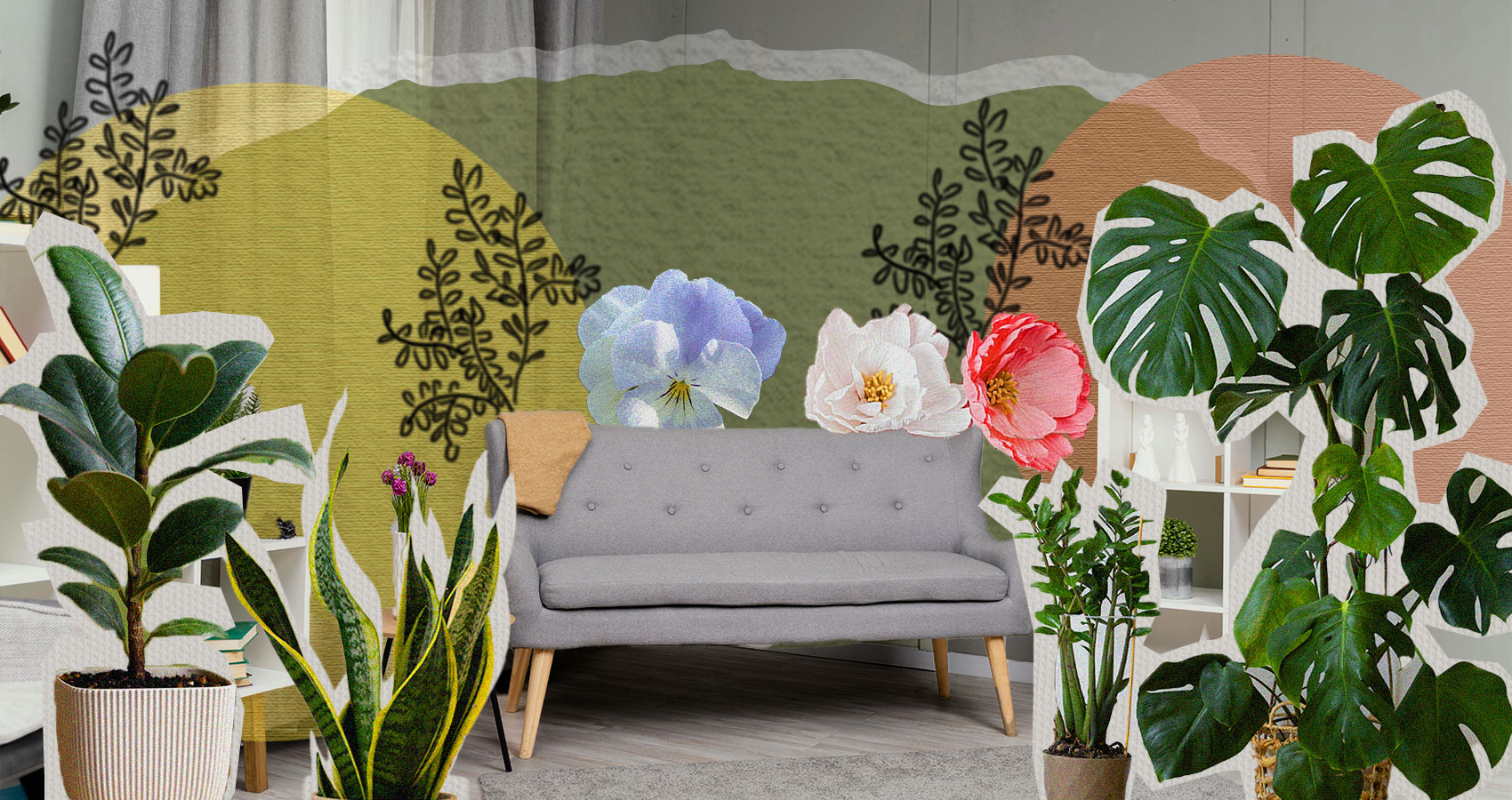
The Best Indoor Flowering Plants for Low Light Apartments
They're easy to care for, resilient, and brighten up any room.
Living in a low-light apartment can pose a challenge for plant enthusiasts. Many flowering plants thrive in bright, direct sunlight, which is only sometimes available in urban apartments. However, this doesn't mean you must forgo the joy of having beautiful, flowering plants in your living space.
There are several indoor flowering plants that not only survive but also thrive in low-light conditions, adding color and life to your home. For those interested in having fresh flowers delivered to their doorstep, consider exploring flowers delivery in Austin to add more variety and beauty to your home.
In this guide, we'll explore some of the best indoor flowering plants for low-light apartments. These plants are easy to care for, resilient, and brighten up even the dimmest of spaces.
African Violets
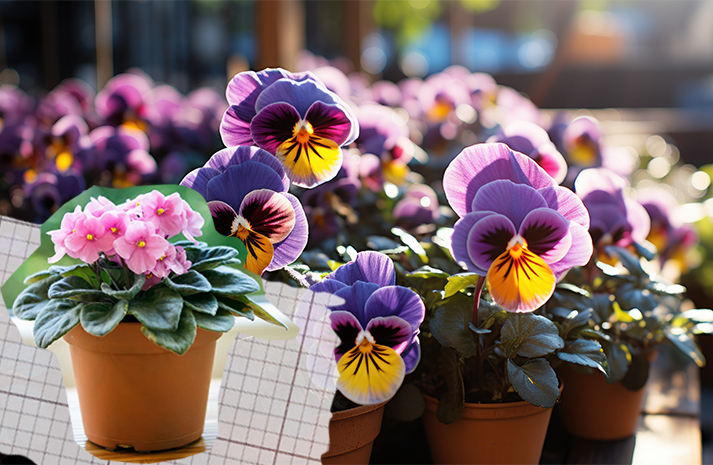
One of the most common plants found in homes is African Violets—these plants are known for their bright flowers and size. African violets are suitable for growing in apartments because they need very little space and grow in areas where there is little light. They are more suited to be placed in areas that receive little or no direct sunlight, making them ideal in such rooms.
These are beautiful plants that grow flowers of purple, pink, and white, making them beautiful additions to any room in the house. They require that the climatic conditions within the environment be warm throughout the year; therefore, it is essential that the apartment where the plants will be placed maintain a constant temperature to ensure that the plants are constantly flowering. African Violets also do not require frequent waterings; they should have well-draining soil to avoid water accumulation on the leaves, leading to rot.
Peace Lilies
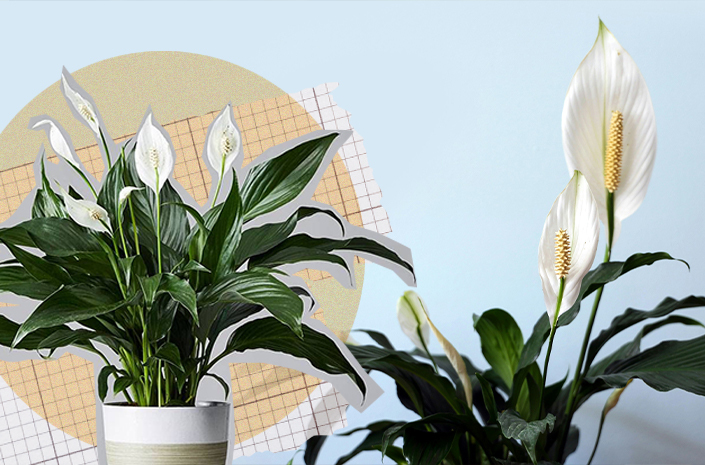
Another fine example of a plant that thrives in low-light apartments is the Peace Lily. Most people recognize these plants by their white flowers and glossy green foliage; these plants are said to clean the air in your house and bring serenity into your home. They prefer a semi-shaded or shaded area, and since most apartment homes receive low to medium light, the Peace Lilies will do well in such locations.
A particularly unique trait of Peace Lilies is that they can show when they require moisture. Their leaves become slightly folded, which is a sign that they need to be watered. This makes them ideal for any individual who might overwater or underwater the plant due to a need for knowledge on the proper irrigation method. A word of caution when watering the Peace Lilies is that they are most comfortable in a humid environment; therefore, it is advisable to occasionally spray them with water.
Orchids
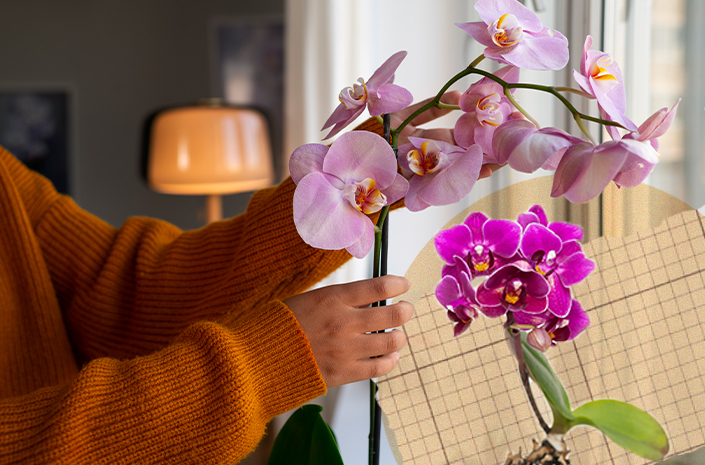
Some assume that flowers require complex attention and special lighting when many orchids can live in relatively low light. However, certain plants are highly adaptive to apartments and do not require much sunlight; one is Phalaenopsis orchids. These orchids bloom beautiful flowers of different hues, such as white, pink, purple, and yellow.
Orchids should be grown where they are exposed to indirect light, preferably a north or east window, to ensure they get the right amount of light. They need a particular kind of soil where their roots can get a proper air supply, and they are not to be watered often to avoid rot. If maintained well, the orchid flowers last several months and give a foreign elegance to your apartment.
Begonias
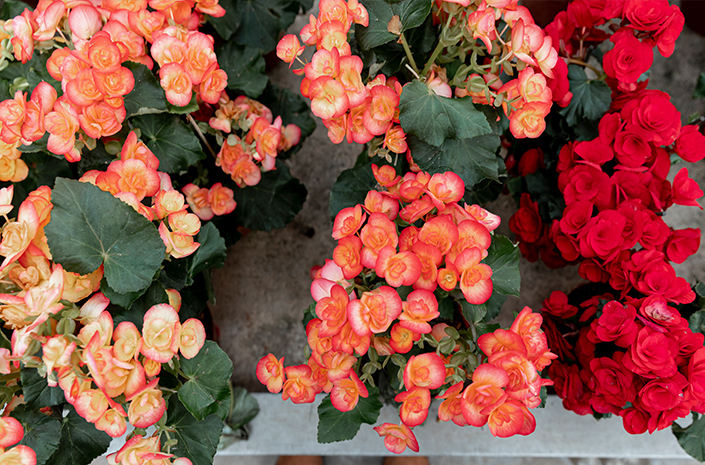
Begonias are plants that can be successfully grown in a wide range of light spectrum, including low light. Some of the popular kinds of begonias you may come across include the foliage and flowers of these begonias, which differ from one type to the other. But mainly, rex begonias are considered one of the most beautiful species due to their striking venation and the rich colors of the flowers.
These plants require partial shade, and the containers in which they are planted should not be exposed directly to sunlight. Begonias prefer to be watered moderately, meaning the soil should always be dry and dry. However, it is necessary not to allow excess water in the ground because it can cause root rot in plants. Begonias come in various colors and designs on the ruffled part of the foliage, and they can add that playful twist to your home, particularly in your apartment.
Bromeliads
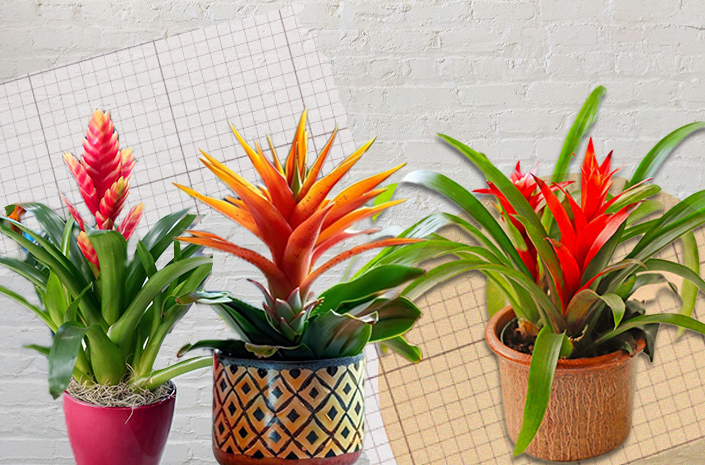
Bromeliads are tropical plants that grow in hot climates and do not require bright light, often unavailable in apartments. These plants are characterized by their colorful and distinctive bracts, lasting several months. Bromeliads thrive in partial shade and can endure low humidity, making them relatively low-maintenance plants to cultivate.
To ensure your bromeliad thrives, consider a few essential care tips. Firstly, the type of soil is crucial for their health. Bromeliads prefer well-draining soil, often a mix designed for orchids or a combination of potting soil, sand, and perlite. This soil mixture allows for adequate aeration and prevents root rot, a common issue with overwatering.
Watering bromeliads involves filling their central cup, known as a rosette, with water. This ensures that the plant receives an adequate water supply. It’s important to regularly empty and refill the rosette to prevent water from becoming stagnant, which can lead to bacterial growth. While bromeliads tolerate low humidity, they do appreciate occasional misting, especially in arid environments.
Placement is another vital factor for bromeliads. These plants thrive in indirect light, so placing them in a spot that receives filtered sunlight is best. Direct sunlight can scorch their leaves, while too little light can hinder their growth. Finding a balance is key to maintaining their vibrant appearance.
Conclusion
Furthermore, incorporating indoor flowering plants into your low-light apartment would improve the physical environment and bring about a positive feeling of calmness. Some of the easy-to-grow flowers that can be grown with poor lighting include African Violets, Peace Lilies, Orchids, Begonias, and members of the Bromeliad family. These plants give your home a touch of hue and some liveliness and purify the air, making the environment healthier for living.
But not every apartment is ideal for living plants, especially in locations where light changes seasonally and heating affects humidity, says Rachel Dunn, Head of Product at The Faux Flower Company. "We're seeing more people turn to quality faux flowering plants that give the aesthetic impact without environmental unpredictability."











